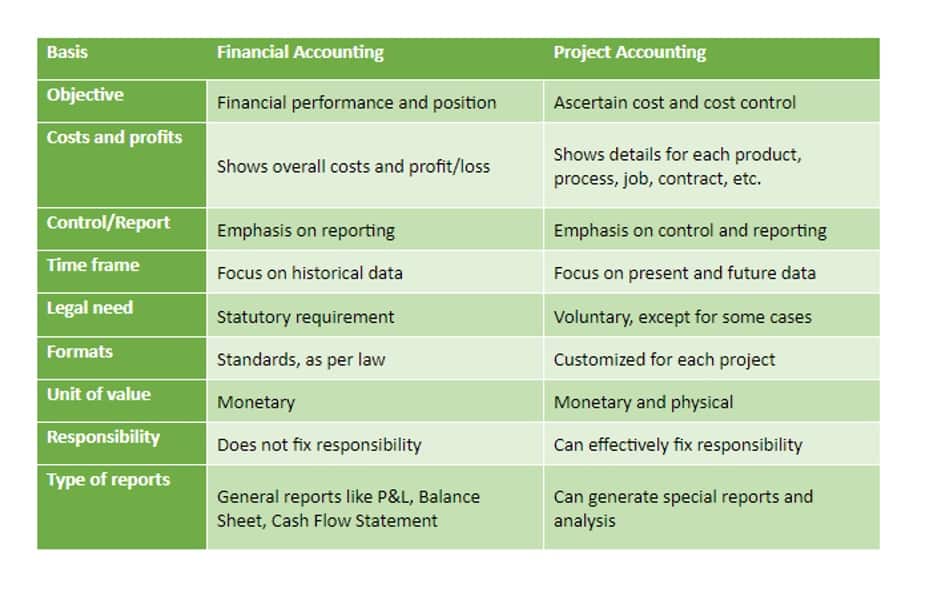
Each industry has its own standard or normal level of shareholders’ equity to assets. Shareholders’ equity is, therefore, essentially the net worth of a corporation. If the company were to liquidate, shareholders’ equity is the amount of money that would theoretically be received by its shareholders. Venture capitalists (VCs) provide most private equity financing in return for an early minority stake. Sometimes, a venture capitalist will take a seat on the board of directors for its portfolio companies, ensuring an active role in guiding the company.
How Do Stock Buybacks Impact Shareholders Equity?
The articles and research support materials available on this site are educational and are not intended to be investment or tax advice. All such information is provided solely for convenience purposes only and all users thereof should be guided accordingly. Finance Strategists has an advertising relationship with some of the companies included on this website.

Here’s Why Google Losing the Antitrust Case Matters, According to a Market Insights Expert
Learn about the definition of returns in investing, the importance of returns, and how to calculate returns. For the past 52 years, Harold Averkamp (CPA, MBA) hasworked as an accounting supervisor, manager, consultant, university instructor, and innovator in teaching accounting online. For the past 52 years, Harold Averkamp (CPA, MBA) has worked as an accounting stockholder equity formula supervisor, manager, consultant, university instructor, and innovator in teaching accounting online. It is not the only metric to consider when performing a financial audit or screening of a company, but it is essential. But an important distinction is that the decline in equity value occurs due to the “book value of equity”, rather than the market value.

Types of Stockholders’ Equity
Say that you’re considering investing in ABC Widgets, Inc. and want to understand its financial strength and overall debt situation. A year-end number is arrived at by using return on equity (ROE) calculation. You can use also get a snapshot idea of profitability using return on average equity (ROAE). The shareholder equity ratio is most meaningful in comparison with the company’s peers or competitors in the same sector.
- Retained earnings are the profits that a company has earned and reinvested in itself instead of distributing it to shareholders.
- Suitable asset allocation will help businesses grow, resulting in a higher amount of money from stock purchasers and ETF managers.
- Long-term liabilities are any debts or other obligations due for repayment later than one year in advance, such as leases, bonds payable and pension obligations.
- The shareholders equity ratio measures the proportion of a company’s total equity to its total assets on its balance sheet.
- The balance sheet lists total assets and total liabilities, then provides details of stockholders’ equity in a separate section.
Successful investors look well beyond today’s stock price or this year’s price movement when they consider whether to buy or sell. Adam Hayes, Ph.D., CFA, is a financial writer with 15+ years Wall Street experience as a derivatives trader. Besides his extensive derivative trading expertise, Adam is an expert in economics and behavioral finance. Adam received his master’s in economics from The New School for Social Research and his Ph.D. from the University of Wisconsin-Madison in sociology. He is a CFA charterholder as well as holding FINRA Series 7, 55 & 63 licenses. He currently researches and teaches economic sociology and the social studies of finance at the Hebrew University in Jerusalem.

Since repurchased shares can no longer trade in the markets, treasury stock must be deducted from shareholders’ equity. Basically, stockholders’ equity is an indication of how much money shareholders would receive if a company were to be dissolved, all its assets sold, and all debts paid off. This is an account on a company’s balance sheet that consists of the cumulative amount of retained earnings, contributed capital, and occasionally other comprehensive income. Stockholders’ equity is also referred to as stockholders’ capital or net assets.
Create a Free Account and Ask Any Financial Question
Looking at the same period one year earlier, we can see that the year-over-year (YOY) change in equity was an increase of $9.5 billion. The balance sheet shows this increase is due to a decrease in liabilities larger than the decrease in assets. In most cases, retained earnings are the largest component of stockholders’ equity. This is especially true when dealing with companies that have been in business for many years.
